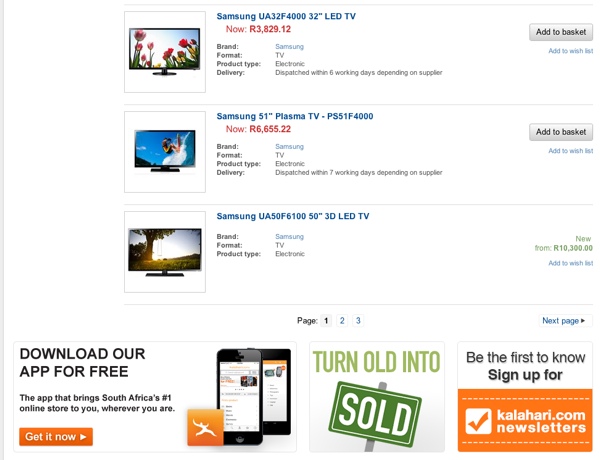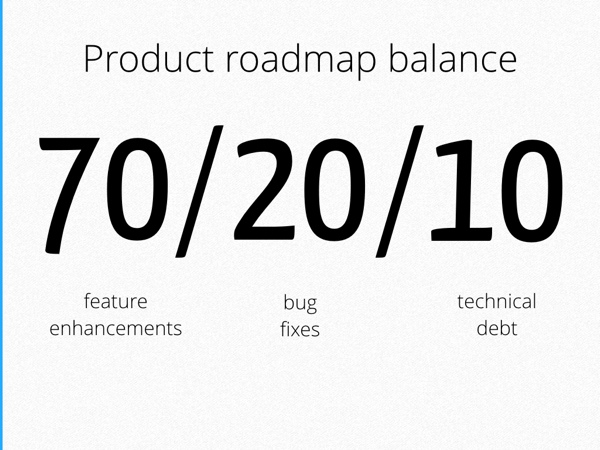I had a particularly noisy weekend, so I’ve been thinking about silence quite a bit. This morning I came across Chloe Schama’s How Silence Became a Luxury Product, and it really resonated with me:
Unwanted noise is perhaps the most irksome form of sensory assault. A bothersome sight? Close your eyes or turn the other way — eyesores are, generally, immobile. An annoying taste? Spit it out. (Why was it in your mouth?) Sound, on the other hand, is ambient, elusive, enveloping. Even the softest drone can echo cacophonously if it worms itself into your head. Ulysses was not seduced by the sight of the sirens. Poe’s telltale heart does not torment with its smell. “Noise is the most impertinent of all forms of interruption,” groused the nineteenth-century German philosopher Arthur Schopenhauer. “It is not only an interruption, but also a disruption of thought.”
The article goes on to explain how silence has become a commodity — one that people are willing to pay a lot of money for. I found the article through Atossa Araxia Abrahamian’s Enjoy the Silence, a great piece on the proliferation of noise-canceling headphones:
I also discovered that an artificially imposed lack of noise can make perfectly normal sounds—the hum of a fan, or a colleague’s phone conversation—feel like an assault on the senses. The quiet becomes habit-forming, and I’m not entirely convinced that that’s desirable. What good is it to live in the world if we just choose to ignore it?
The articles reminded me of Jeremy Mesiano-Crookston’s exploration of imposed silence in How Silence Works: Emailed Conversations With Four Trappist Monks. Here is how one monk answered the question What do you feel like silence adds to your actions?:
The silence does make me aware of my inner workings — what we call in the monastery, “self-knowledge.” I can’t pretend that I’m always a nice guy, always patient, always calm and receptive. I have to admit that I can be abrupt, cold to offenders, or would often prefer efficiency to the messiness of other people’s moods. Silence seems to keep me from idealizing myself.
Since we’re on the topic of silence we might as well look back to Pope Benedict XVI’s thoughts about it in his message for World Communications Day back in 2012:
Silence is an integral element of communication; in its absence, words rich in content cannot exist. In silence, we are better able to listen to and understand ourselves; ideas come to birth and acquire depth; we understand with greater clarity what it is we want to say and what we expect from others; and we choose how to express ourselves. By remaining silent we allow the other person to speak, to express him or herself; and we avoid being tied simply to our own words and ideas without them being adequately tested. In this way, space is created for mutual listening, and deeper human relationships become possible.

